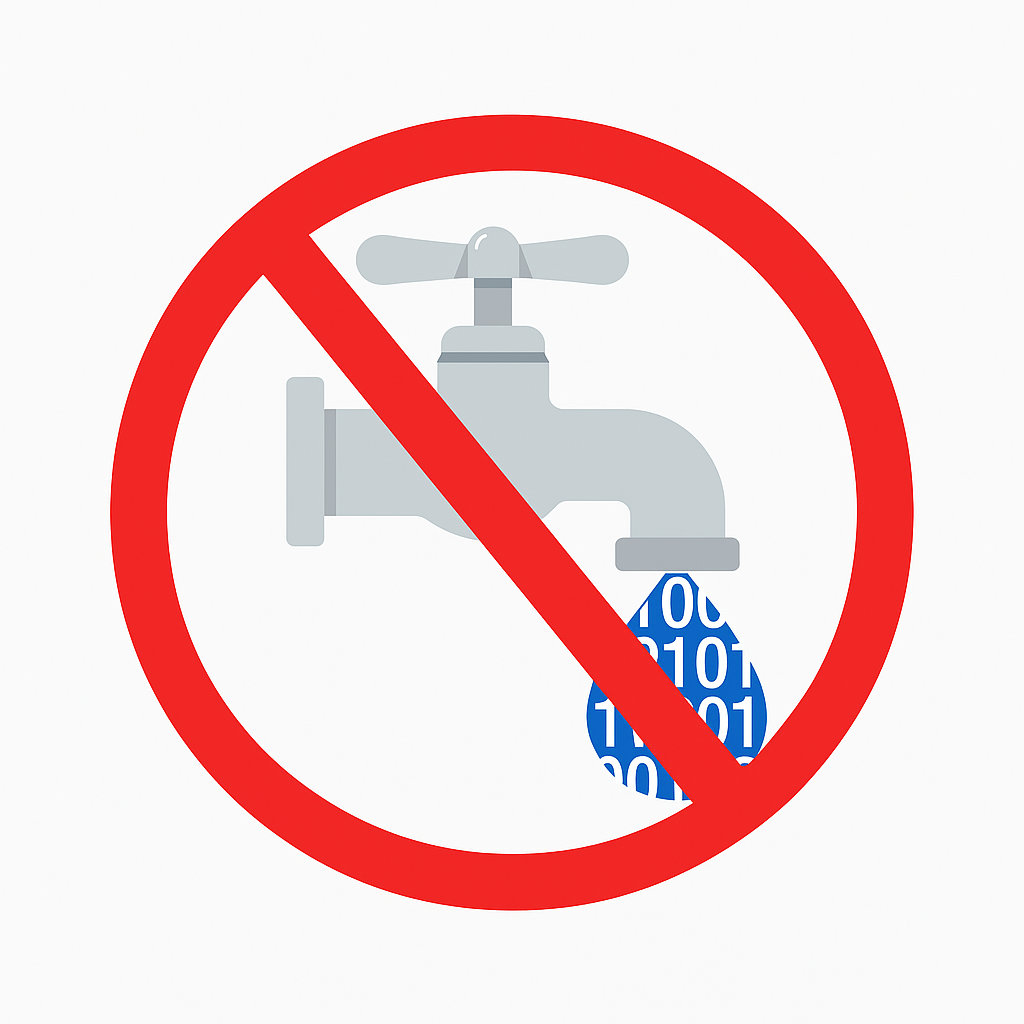Zero Trust VPN Alternative for Accessing File Shares

TL;DR
VPNs widen attack surface and enable lateral movement after a single credential failure. Zero Trust limits access to only the required file resources with continuous verification. A practical path is an application-layer gateway over HTTPS that honors NTFS, enforces MFA, applies DLP, and logs every action. MyWorkDrive does this without data migration.
Why replace VPNs for file share access

Traditional VPNs place users on your internal network. One phished account or unmanaged device can reach file servers and domain services. You need segmentation, least privilege, strong MFA, and reduced exposure. That aligns with Zero Trust principles and with current guidance from government and industry sources such as NIST Zero Trust Architecture (SP 800-207) and the CISA Zero Trust Maturity Model.
Operational drawbacks with VPNs
-
Client installs and certificate lifecycle overhead
-
Split-tunnel rules and firewall complexity
-
Slow file operations over high-latency links
-
Limited file-level auditing and DLP
What Zero Trust means for file shares

Zero Trust removes implicit trust. Every request is authenticated and authorized with context. For file shares this means application-level access to specific shares and folders. No broad network reach.
Design requirements for a VPN alternative
-
HTTPS on 443 only. No inbound SMB exposure.
-
SSO + MFA via AD/Entra ID or SAML.
-
Granular authorization honoring NTFS ACLs and AD groups.
-
Inline DLP: view-only, watermarking, copy/print/download controls.
-
Device trust and session governance.
-
Complete audit logs with SIEM export.
-
Data sovereignty controls to keep files in country.
See core guidance in NIST SP 800-207 and sector best practices like CISA’s Stop Ransomware.
The Zero Trust VPN alternative: MyWorkDrive
MyWorkDrive publishes your existing file shares over HTTPS with Zero Trust controls. No data migration. No SMB exposure to the internet. NTFS permissions stay authoritative.
-
Keep your storage: Windows file servers, Azure Files, and Azure Blob.
-
Use your identity: native AD or Entra ID; any SAML IdP; MFA and Conditional Access supported. See the Security overview.
-
DLP secure viewer: watermarking and copy/print/download restrictions. See Compliance.
-
Device approvals and session policies for governance.
-
Full auditing for investigations and reporting.
-
Browser editing with Office Online or OnlyOffice while files remain on your servers.
-
Data sovereignty options described in Data Sovereignty.
Explore related solutions: Secure Remote File Access and Enterprise File Sharing.
Architecture options
-
On-premises file servers → publish selected SMB shares via MyWorkDrive. Keep NTFS, GPOs, and your backup strategy intact.
-
Hybrid with Azure Files → use Azure File Sync for caching and DR; present user access through MyWorkDrive for Zero Trust control. See our guide on Azure File Sync.
-
Azure Blob (hierarchical namespace) → expose object storage as “shares” with MyWorkDrive and Entra ID auth. See Azure Blob setup.
Deployment checklist
-
Install MyWorkDrive on Windows Server (on-prem or in Azure).
-
Integrate identity: join AD or connect to Entra ID; require MFA.
-
Publish shares: select file shares; NTFS ACLs apply automatically.
-
Set policy: DLP modes, device approvals, audit and retention.
-
Roll out clients: web file manager, mapped drive for Windows and macOS, iOS and Android apps.
Start here: Book a Live Demo or Download Clients.
Security and compliance alignment
-
Zero Trust at the application layer with per-request authentication and authorization. See NIST SP 800-207.
-
Maturity mapping across identity, devices, network, applications, data, and visibility using the CISA Zero Trust Maturity Model.
-
Ransomware risk reduction by removing broad network tunnels and limiting movement paths. Review CISA guidance and Microsoft’s ransomware protection overview.
Sector resources: HIPAA • Government • Pricing.
Cost and ROI

Cut VPN hardware and licensing. Reduce help-desk load. Avoid migration projects and vendor lock-in. Keep your storage and permissions. See Pricing plans.
<section aria-labelledby="zero-trust-table-title">
Comparison: VPN vs. Sync-and-Share vs. Global File System vs. MyWorkDrive
Zero Trust| Capability | VPN | Sync & Share | Global File System | MyWorkDrive |
|---|---|---|---|---|
| Access model | Network tunnel | Replicate/sync data | Abstracted global namespace | HTTPS app-level to file shares |
| Data migration | None | Required | Required / large projects | None (NTFS, AD stay) |
| Attack surface | Broad lateral movement risk | Data sprawl to endpoints | New failure domains | No SMB exposure; least privilege |
| DLP controls | Limited | Mixed | Varies | View-only, watermark, copy/print/download blocks |
| Audit & SIEM | VPN session logs | Varies | Varies | File-level auditing and export |
| Time to value | Weeks–months | Months | Months–quarters | Hours |
Learn more: Secure File Sharing and our Box alternative.
FAQ
What is a Zero Trust VPN alternative for file shares?
A solution that delivers HTTPS file access to selected shares and folders with continuous verification and least privilege, not broad network access. See NIST SP 800-207.
Why not just harden VPNs?
Even well-hardened VPNs still grant network reach. Zero Trust reduces the blast radius and blocks lateral movement. Review CISA ransomware guidance.
Does MyWorkDrive replace SMB?
No. It publishes SMB file shares securely over HTTPS while retaining NTFS ACLs and AD groups. Your SMB stays inside your network or cloud VNet.
Can we keep data in-country for GDPR or public sector rules?
Yes. See Data Sovereignty.
How does this work with Azure Files or Azure Blob?
Use MyWorkDrive to provide Zero Trust access to Azure Files and Azure Blob with Entra ID authentication, DLP, and auditing.